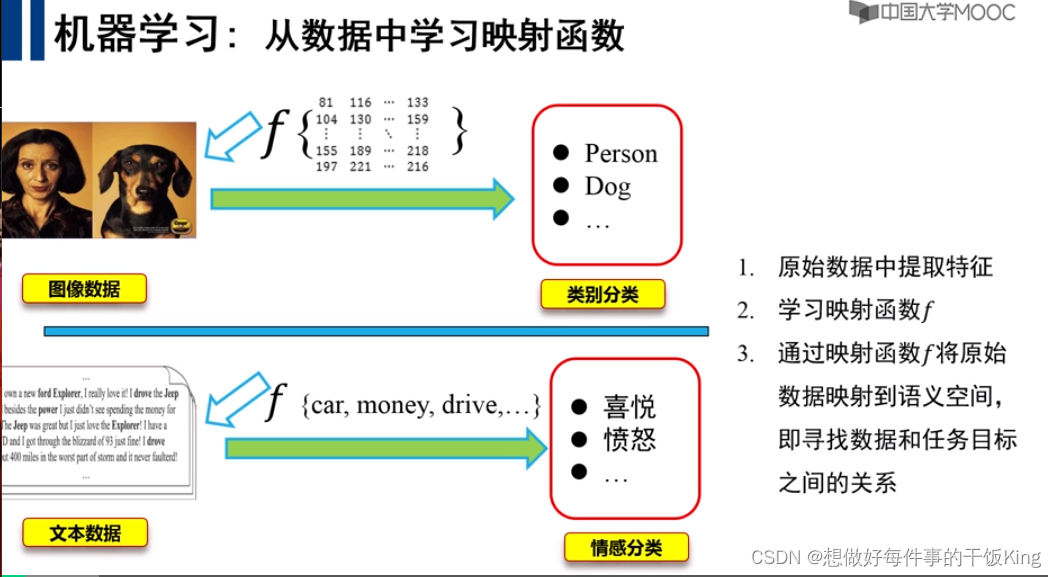层次聚类全攻略:掌握原理,应用实践,案例分析一步到位
发布时间: 2024-09-03 19:15:18 阅读量: 284 订阅数: 86 


R语言中的聚类分析:方法、实现与应用案例

# 1. 层次聚类概述
层次聚类是数据挖掘和统计学中的一种基本聚类方法,它的核心在于构建一个层次的聚类树,通过不断合并或拆分数据点或数据点集合形成一个多层次的嵌套结构。本章将为读者提供一个层次聚类的概述,涵盖其基本概念、特点以及在数据处理中的作用和重要性。
## 1.1 聚类分析简介
### 1.1.1 聚类的概念和目的
聚类分析是将数据对象分组成多个类或簇的过程,使得同一个簇内的数据对象彼此相似度较高,而与其他簇的数据对象相似度较低。聚类的目的在于发现数据的内在分布结构和模式,常用于数据预处理、客户细分、社交网络分析等领域。
### 1.1.2 聚类的类型和层次聚类的特点
聚类主要分为划分方法、层次方法、密度方法、网格方法和模型方法。层次聚类是一种基于层次分解的聚类方法,它不需要预先指定聚类的数目,通过逐步合并或分裂来构建数据的层次结构,特点在于直观展现数据的层次结构,并允许用户根据需求选择聚类的粒度。
# 2. 层次聚类理论基础
层次聚类是数据分析中一个非常重要的技术,它通过构建一个层次的嵌套聚类来组织数据,使得数据结构变得清晰可见。本章节将深入探讨层次聚类的理论基础,包括它的原理、数学模型以及相关的概念和类型。
### 2.1 聚类分析简介
#### 2.1.1 聚类的概念和目的
聚类是无监督学习的一种形式,旨在将样本数据分组为多个簇,使得同一个簇内的样本相似度高,而不同簇的样本相似度低。聚类分析的目的通常是为了发现数据中的结构,为后续的数据分析提供参考,或者为其他算法提供预处理的结果。
#### 2.1.2 聚类的类型和层次聚类的特点
聚类分析可以分为多种类型,如划分聚类、层次聚类、密度聚类、网格聚类等。每种类型有其特定的适用场景和优缺点。其中,层次聚类的核心特点是在聚类过程中不涉及迭代优化,而是通过构建一个树状结构(称为分层)来体现数据点或聚类簇之间的层次关系。
### 2.2 层次聚类算法原理
#### 2.2.1 聚合策略与距离度量
层次聚类的核心是聚合策略,它决定了数据点或已形成的簇如何结合。常见的聚合策略包括最邻近距离(single-linkage)、最远距离(complete-linkage)、平均距离(average-linkage)、质心距离(centroid-linkage)等。每种策略都有其特定的距离度量方法,这影响到最终聚类的效果和形状。
#### 2.2.2 树状结构的构建方法
构建层次聚类的树状结构通常有两种方法:自底向上(凝聚)和自顶向下(分裂)。自底向上是不断合并最近的簇,直到满足终止条件;而自顶向下则首先假设所有数据点自身就是一个簇,然后逐渐合并。
#### 2.2.3 层次聚类的优缺点
层次聚类的主要优点是不需要预先指定簇的数量,结果可以通过树状图来清晰展示,并且可以很容易地得到任意数量的簇。然而,它的缺点也很明显:对于大规模数据集,计算复杂度和空间复杂度都很高,且一旦合并或分裂,就不能撤销。
### 2.3 层次聚类的数学模型
#### 2.3.1 距离和相似度矩阵
距离和相似度矩阵是层次聚类的数学基础。通过计算数据点之间的距离(如欧几里得距离、曼哈顿距离等)或相似度(如余弦相似度、皮尔逊相关系数等),可以构建起一个完整的距离或相似度矩阵。
#### 2.3.2 树状图和热图的解释
树状图是层次聚类结果的直观展示方式,它以图形化的方式表示了数据点或簇之间的关系。热图则是通过颜色的深浅来表示数据点之间的相似度或距离,是一种非常直观的可视化聚类结果的方法。
```mermaid
graph TD
A[数据点A] -->|距离| B[数据点B]
B -->|距离| C[数据点C]
C -->|距离| D[数据点D]
D -->|距离| E[数据点E]
style A fill:#f9f,stroke:#333,stroke-width:2px
style B fill:#ccf,stroke:#333,stroke-width:2px
style C fill:#cfc,stroke:#333,stroke-width:2px
style D fill:#fcc,stroke:#333,stroke-width:2px
style E fill:#cff,stroke:#333,stroke-width:2px
```
在上述的mermaid流程图中,代表了五个数据点A、B、C、D和E之间的距离关系,其中颜色的深浅表示距离的远近。
层次聚类是一个深入而复杂的话题,以上内容仅仅是对层次聚类理论基础的概述。接下来的章节,我们将进一步深入到层次聚类的实践应用中去。
# 3. 层次聚类实践指南
## 3.1 层次聚类的实现工具
层次聚类算法是一种强大的数据分析方法,通过选择适当的工具,我们可以更加高效地实现和应用这一算法。实现层次聚类的工具通常包括编程语言和专门的库或函数集。
### 3.1.1 选择编程语言和库
在众多编程语言中,Python和R是数据分析领域中使用最广泛的两种语言。它们各自拥有强大的数据处理和统计分析库。
- **Python**:作为当前最为流行的数据科学编程语言,Python具备像`scikit-learn`、`SciPy`这样的库来处理层次聚类。`scikit-learn`提供了便捷的接口,用户可以通过简单的函数调用来实现聚类。
- **R语言**:在统计分析领域,R语言拥有诸如`stats`包中的`hclust`函数,可以方便地执行层次聚类分析。
选择合适的编程语言和库,依赖于具体的项目需求、开发者的熟练程度以及现有的项目基础。
### 3.1.2 重要函数和方法的介绍
在具体实现层次聚类之前,理解一些关键函数和方法是很重要的。
- 在**Python**中,`scikit-learn`的`AgglomerativeClustering`类是一个流行的层次聚类实现,它提供了如下关键参数:
```python
from sklearn.cluster import AgglomerativeClustering
cluster = AgglomerativeClustering(n_clusters=3, affinity='euclidean', linkage='ward')
```
- `n_clusters`: 指定聚类的数量。
- `affinity`: 指定距离计算的方法,默认是欧氏距离。
- `linkage`: 指定聚类时使用的链接策略,默认是Ward策略。
- 在**R语言**中,`hclust`函数允许用户通过不同的距离和链接策略来执行层次聚类。
```R
hc <- hclust(dist(data), method="ward.D2")
```
- `dist(data)`: 传入数据并计算距离矩阵。
- `method`: 指定聚类时使用的链接策略。
理解这些函数和参数是成功实现层次聚类的第一步。
## 3.2 层次聚类的代码实践
实现层次聚类的第二步是编写代码,并通过数据预处理、构建距离矩阵和执行聚类算法来得到聚类结果。
### 3.2.1 数据预处理与格式化
数据预处理是任何数据分析项目中的重要步骤,对于聚类分析来说尤为关键。
- **数据清洗**:处理缺失值、异常值和重复数据。
- **特征缩放**:如标准化或归一化,以确保每个特征具有相同的度量标准。
- **数据转换**:如独热编码或对数转换等,根据数据的具体特征进行处理。
在Python中,可以使用`pandas`和`sklearn.preprocessing`库来处理数据:
```python
import pandas as pd
from sklearn.preprocessing import StandardScaler
# 加载数据
data = pd.read_csv("data.csv"
```
0
0





